Location
897 to 928 of 942 results
-
Teetún De Hollen
Teetún De Hollen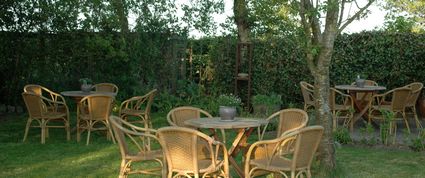 Ryptsjerk
Ryptsjerk -
Burgum - Soestpolder - Vogelkijkhut
Burgum - Soestpolder - Vogelkijkhut Burgum
Burgum -
it Dreamlân holiday home
it Dreamlân holiday home Kollumerpomp
Kollumerpomp -
Logement Doosje
Logement Doosje Warfstermolen
Warfstermolen -
De sluis van Ouwe Syl


Accept cookies to see this content.
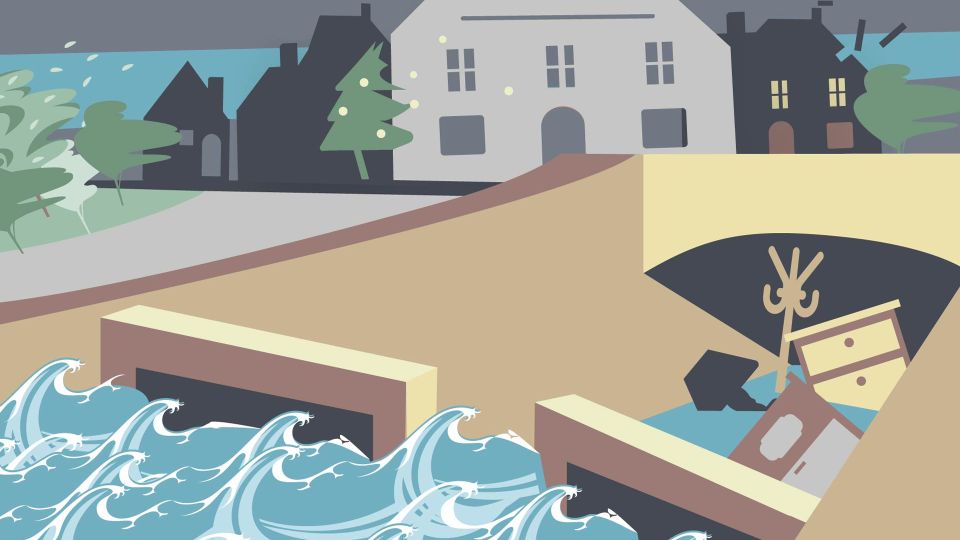

De sluis van Ouwe Syl
(beluister hier het audioverhaal)
Waar anders dan hier spreek je af met dorpsgenoten? Op de 'pyp' natuurlijk: de brug over de zijl, de sluis. De sluis is het natuurlijke middelpunt van Oudebildtzijl. Het dorp dankt zijn ontstaan én naam aan de sluis. In het Bildtse dialect dat hier gesproken wordt: Ouwe Syl.
De sluis – van hout - wordt in 1507 in de pas aangelegde vijftien kilometer lange dijk getimmerd en is onderdeel van een grootschalige inpoldering. 'Skep foor skep' veroveren arbeiders hier land op zee, de vroegere monding van de Middelzee om precies te zijn. De sluis, op de plek waar de Oude Rij in zee stroomt, zorgt voor afwatering van de vruchtbare polder. Schepen kunnen via de schutsluis naar de Waddenzee en terug landinwaarts. Aanleggen kan bij de kolk, een klein haventje achter het café.
Een eeuw later, rond 1600 is alweer land aangeslibd en komt er een nieuwe afwateringssluis twee kilometer noordwaarts: de Nije Syl (de nieuwe zijl, sluis), waar ook een gehucht ontstaat. Het dorp met de oude sluis verandert dan van Bildtsyl naar Ouwe-Syl.
Toch is de sluis van het oude Bildt nog steeds onderdeel van de waterkering. De dijk functioneert namelijk nog als slaperdijk, een reservedijk dus. De eikenhouten deuren die je in de sluis ziet hangen kúnnen het water tegenhouden. Ze zijn in 2006 geplaatst omdat de oorspronkelijke deuren waren verdwenen. Tot die tijd lagen er tientallen balken achter het café, die in geval van nood in de sluis geschoven konden worden.
De Sylsters zullen tegenwoordig niet wakker liggen van hoog water. Een paar eeuwen geleden was dat wel anders. Als er tijdens Kerst 1717 een stormvloed over de kust raast bijvoorbeeld. Het zoute zeewater dreigt de polders in te stromen en de sluis begeeft het bijna. De heldhaftige timmerman Krelis Anne laat de Sylsters als de wiedeweerga een huis afbreken en het puin in de sluis storten. Het dorp is gered, net als het achterland. Iemand die goed bevelen uit kan delen staat hier op 'e Syl nog altijd bekend als iemand die 'ken kommendere als Baas Krelis.'
Ingesproken door:
Als architect leeft Alex van de Beld tussen twee werelden; de wereld van het landschap en de natuur, met daarnaast de wereld van de kunst en de cultuur. Alex werkt al zijn hele leven om die werelden te verbinden. Dat is volgens hem nu meer dan ooit nodig, willen we een nieuwe toekomst ontwerpen.Alex leerde Joop Mulder in de aanloop naar 2018 kennen. “Joop was iemand die verschillende culturen bij elkaar bracht, zoals een sluis water met elkaar verbindt. Dat is meer en meer nodig om een inspirerende leefomgeving te maken waarin iedereen zijn plek vindt. Daarom zullen we Joop Mulder missen. Maar we gaan met zijn mentaliteit, creativiteit en zijn sense of place aan de slag voor het landschap van de toekomst.”
Dit verhaal is onderdeel van de route Gemalen Verhalen van Sense of Place
 Oude Bildtzijl
Oude Bildtzijl -
Schreiershoek Boomhuis
Schreiershoek Boomhuis Oostrum
Oostrum -
Schuilenburg Beach
Schuilenburg Beach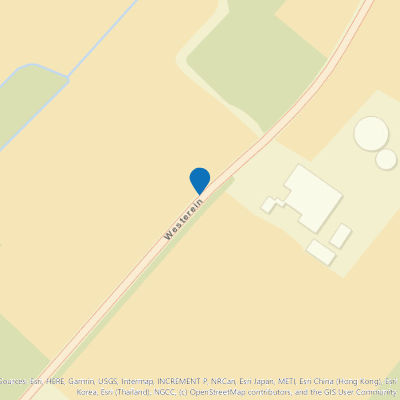 Drogeham
Drogeham -
Old Toll house
Old Toll house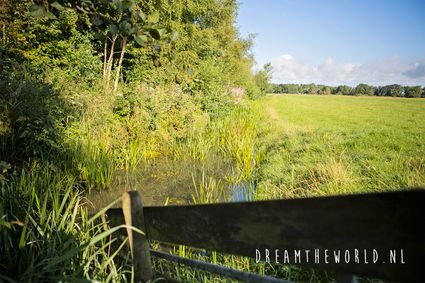 Drogeham
Drogeham -
Grand Café Hotel van der Meer
Grand Café Hotel van der Meer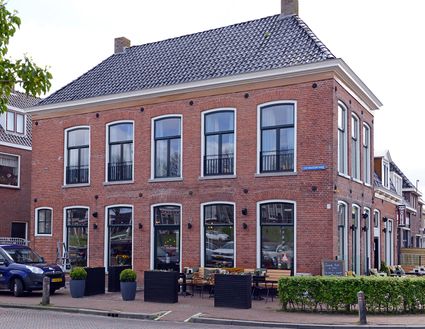 Dokkum
Dokkum -
Petting zoo De Naturij
Petting zoo De Naturij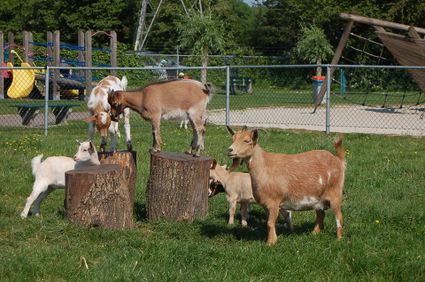 Drachten
Drachten -
Koudum - Kijkheuvel de Samenvoeging
Koudum - Kijkheuvel de Samenvoeging Koudum
Koudum -
Varen met Sil
Varen met Sil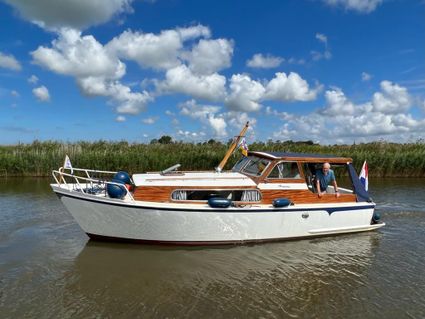 Dokkumer Nieuwe Zijlen
Dokkumer Nieuwe Zijlen -
Camping de Veldboom
Camping de Veldboom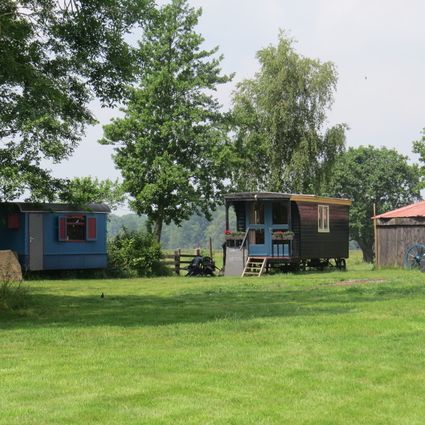 Oudega
Oudega -
Sint-Agathakerk Oudega
Sint-Agathakerk Oudega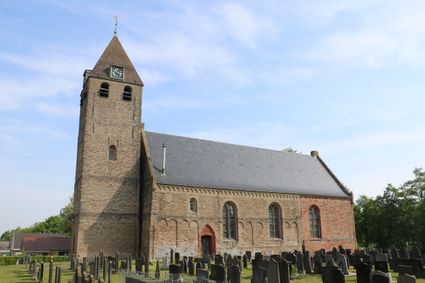 Oudega
Oudega -
The liberation of Leeuwarden
The liberation of Leeuwarden
On 11 April 1945, it became clear that German resistance in the north of the Netherlands was limited. On 12 April, the Allies seized this opportunity to advance on Friesland as quickly as possible. One of the main goals was to liberate Leeuwarden. The 9th Canadian Infantry Brigade was designated for this purpose. But things would turn out differently.
On 12 April, the Royal Canadian Dragoons entered Friesland at Noordwolde. They were to conduct reconnaissance with their armoured vehicles and reach the Wadden Sea as quickly as possible. As a result, the German troops in Friesland and Groningen would be separated.
On the night of 14 to 15 April, three Squadrons of the Dragoons were at Suameer. Burgum could not be reached earlier that day, because the bridge at Burgummerdam had been blown up by the Germans.
Meanwhile, all sorts of things were happening in nearby Leeuwarden. On 12 April, the airfield had been blown up by the Germans. And they left the city on 14 April. Leeuwarden would not be defended. The Burgerweeshuis (Civil Orphanage) that had housed several German agencies was set on fire. An attempt to blow up the telephone exchange failed due to an ingenious intervention by the resistance. In the early morning of 15 April, the resistance also took to the streets en masse to occupy important points and to capture Germans who had remained behind.
The Dragoons in Suameer were in contact with the resistance in Leeuwarden. Due to various reports, it was unclear whether there was now heavy fighting in Leeuwarden or whether the Germans had left the city completely. Because the Germans had blown up important bridges on the route from Heerenveen to Leeuwarden, the infantry could not quickly provide assistance.
So, the Dragoons went to take a look for themselves. Initially, a patrol of four vehicles was sent via the Groningerstraatweg into the city around half past eleven. One of the Canadians in those vehicles recorded the following:
"As we entered the city, passing through the concrete barrier by the narrow passageway left for normal traffic, we were met by an almost hysterical patrol of Resistance men [...] In a few moments the news of our arrival had spread through the city, and we were given a fantastic welcome as we rolled slowly forward into the centre of town."A resident of Leeuwarden recalled:
"We lived close to the Groningerstraatweg, where our liberators passed. Many hundreds of us stood there, all happy spectators. All of a sudden, two ladies from the row flung themselves forward and threw their arms around the Canadians' necks, saying: "Oh darlings, you’re here at last!"After the patrol determined that the coast was clear, the entire C Squadron, a detachment of the Royal Canadian Engineers and Regimental Headquarters of Lieutenant-Colonel Landell followed. Leeuwarden had been liberated. After this, thousands took to the streets. One of the Canadians wrote:
"We halted, and were immediately surrounded by laughing, yelling mobs of people, bringing flowers to give to us, and cheering every move. The Resistance men were everywhere, doing their best to keep the people within bounds and off the cars, but their efforts were hardly necessary. I never saw a more satisfying gathering in my life."Leeuwarden had been liberated by the Dragoons through unexpected circumstances. On the night of 15 to 16 April, Canadian infantry moved into the city.
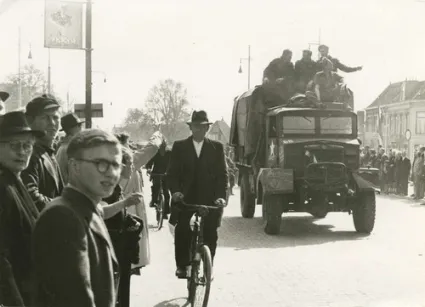 Leeuwarden
Leeuwarden -
Peazemerlannen
Peazemerlannen Paesens
Paesens -
Oudebildtzijl (Ouwe-Syl)
Oudebildtzijl (Ouwe-Syl) Oudebildtzijl
Oudebildtzijl -
Kaaskoperij Damwoude
Kaaskoperij Damwoude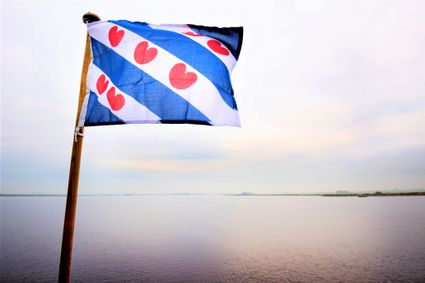 Damwâld
Damwâld -
Vrouwenparochie (Froubuurt)
Vrouwenparochie (Froubuurt)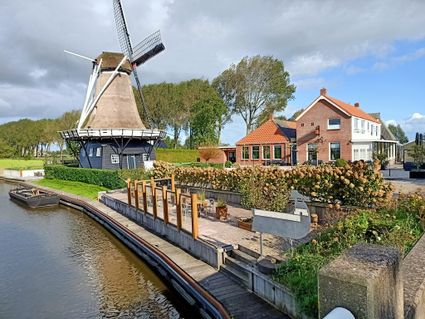 Vrouwenparochie
Vrouwenparochie -
Goddeloze Tolhuis
Goddeloze Tolhuis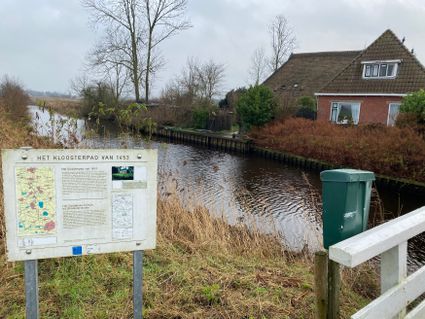 Broeksterwâld
Broeksterwâld -
Logement Nij Bonga
Logement Nij Bonga Holwerd
Holwerd -
Ternaard (Ternaard)
Ternaard (Ternaard)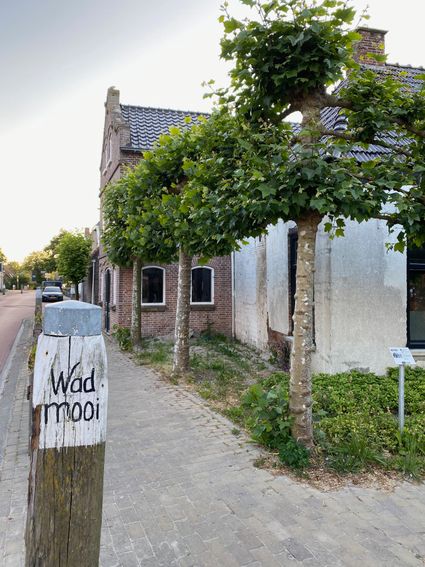 Ternaard
Ternaard -
Bij De Pastorie Boutique Hotel
Bij De Pastorie Boutique Hotel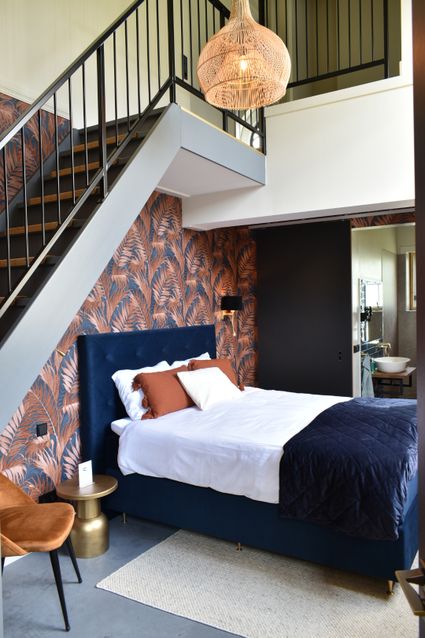 Reitsum
Reitsum -
Ooievaarsdorp
Ooievaarsdorp Earnewâld
Earnewâld -
Booking Dokkum
Booking Dokkum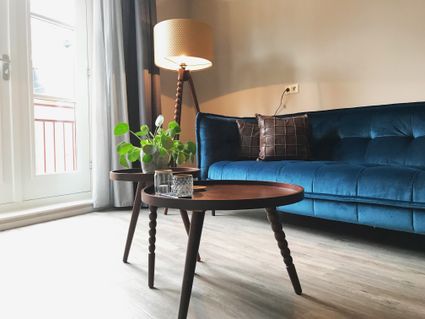 Dokkum
Dokkum -
Kloosterman natuurvoeding
Kloosterman natuurvoeding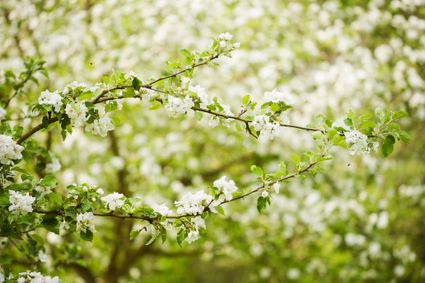 Giekerk
Giekerk -
Sloop rental Burdaard
Sloop rental Burdaard Burdaard
Burdaard -
Glamping Het Landschap
Glamping Het Landschap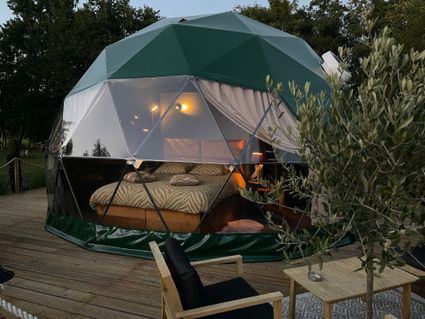 Boelenslaan
Boelenslaan -
Stadswandeling Dokkum
Stadswandeling Dokkum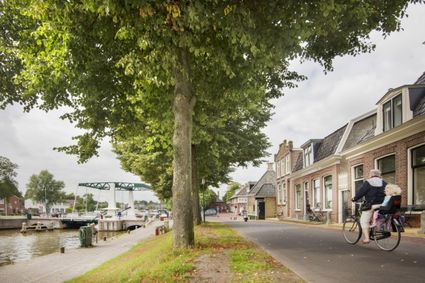 Dokkum
Dokkum -
B&B Hoogstraat
B&B Hoogstraat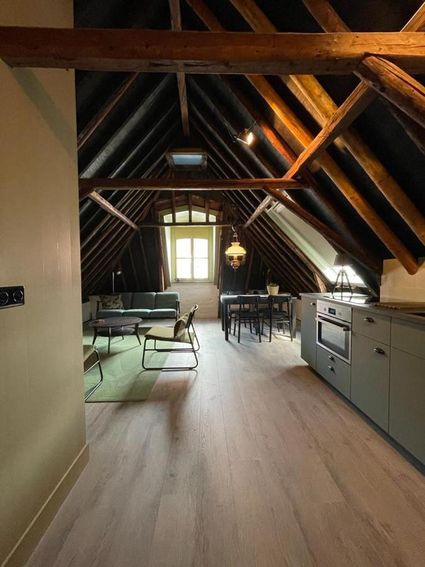 Dokkum
Dokkum -
Theetuin Kleine-Lijn
Theetuin Kleine-Lijn Blije
Blije -
Watersportvereniging "De Westerein e.o."
Watersportvereniging "De Westerein e.o."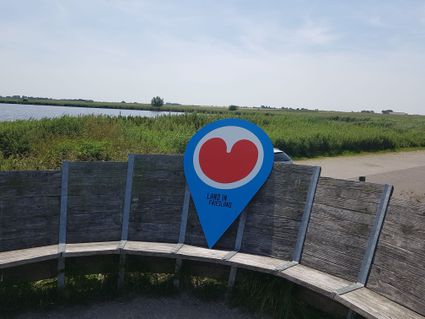 De Westereen
De Westereen

